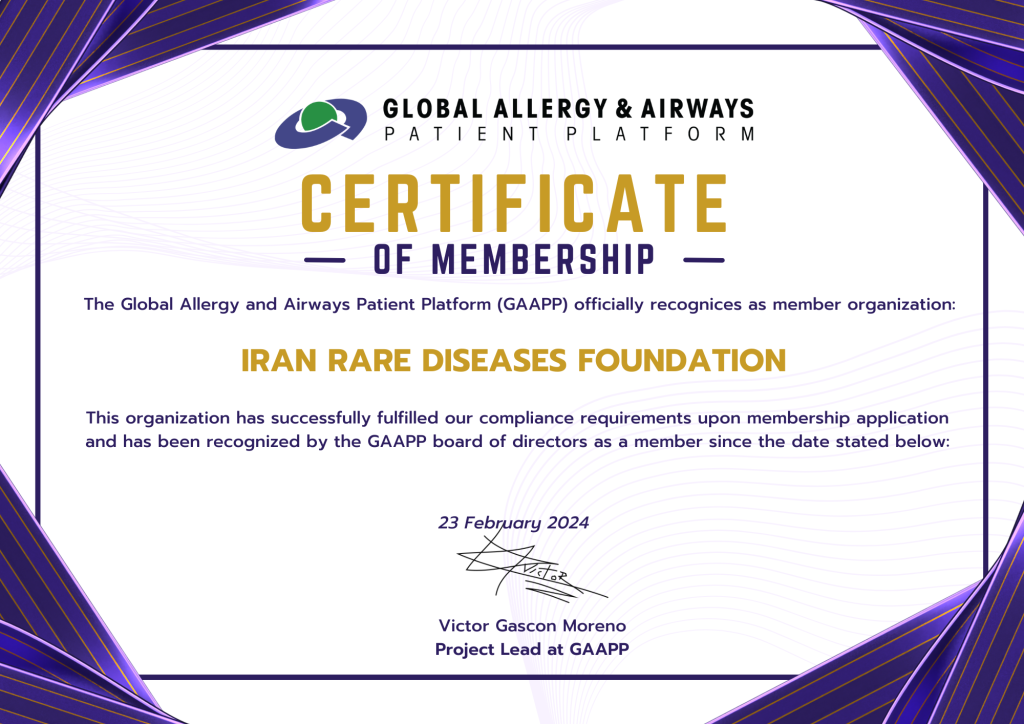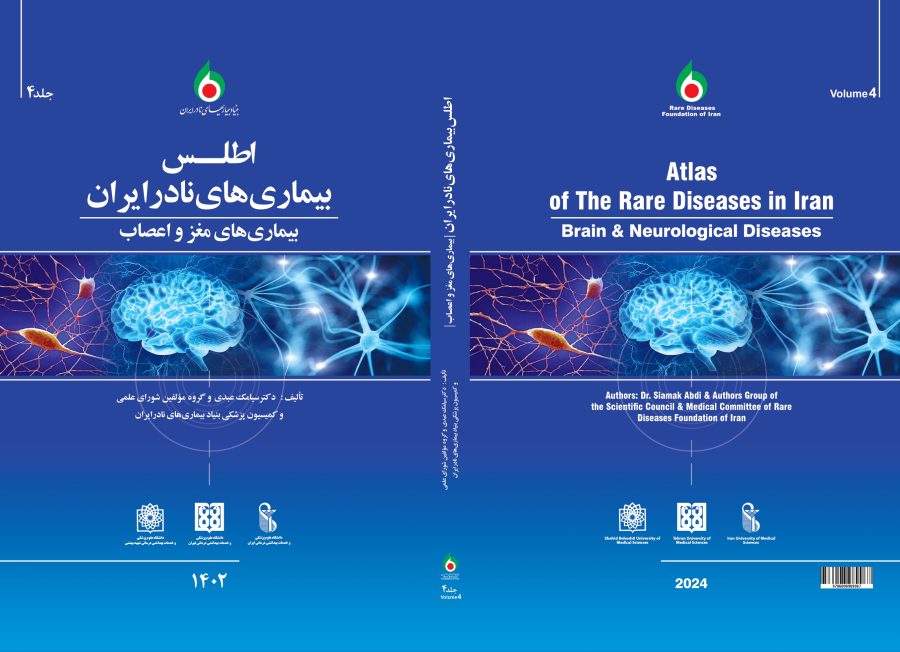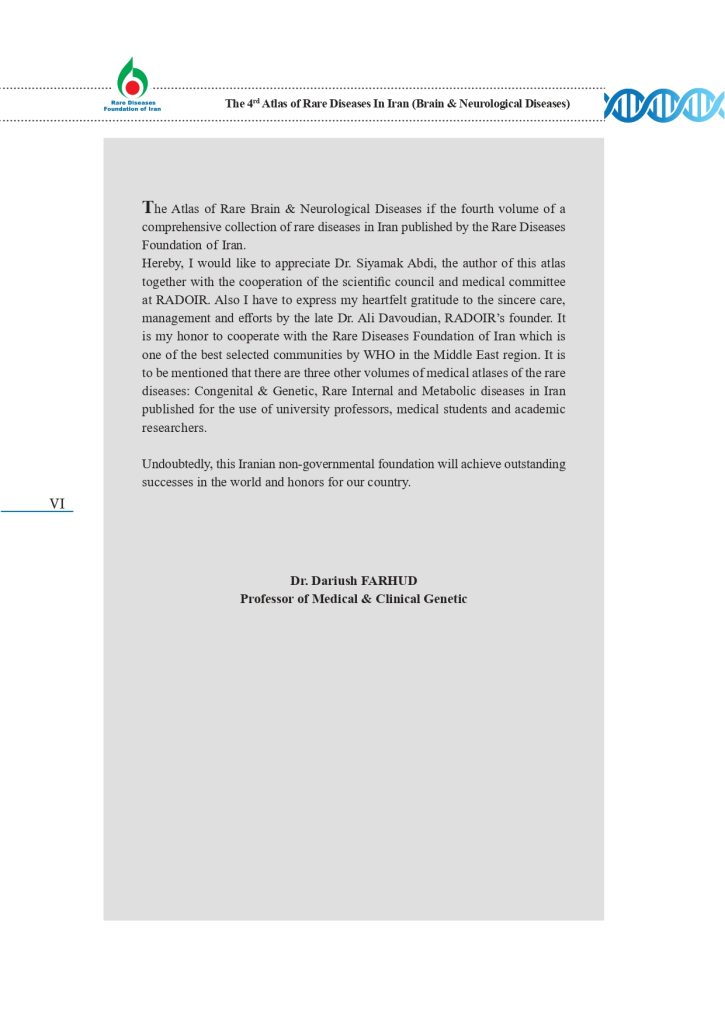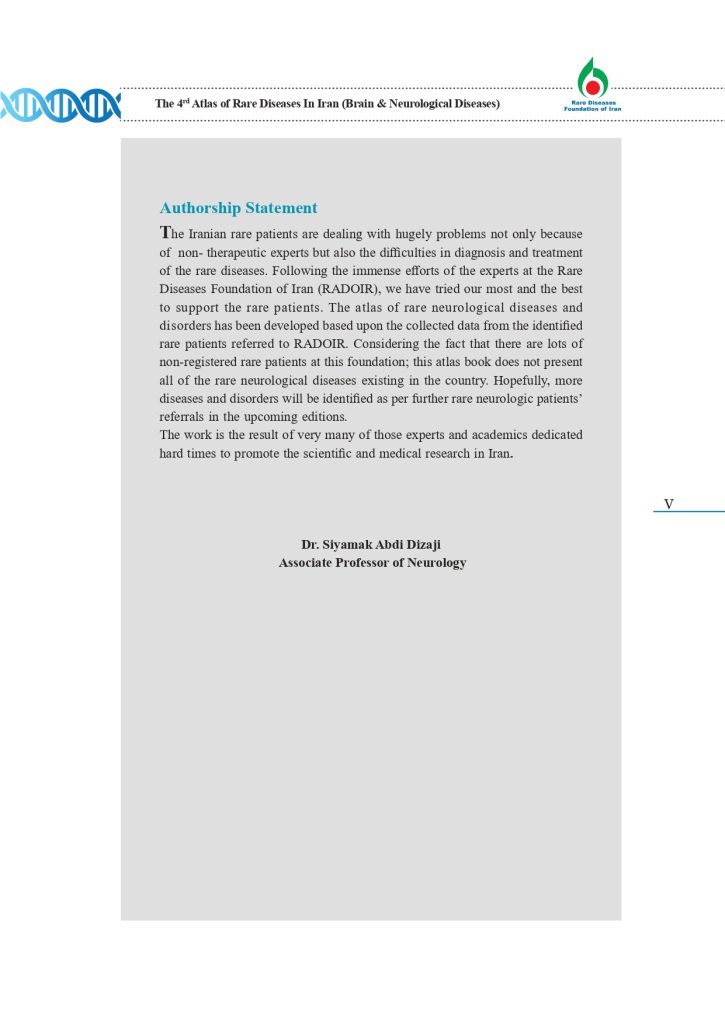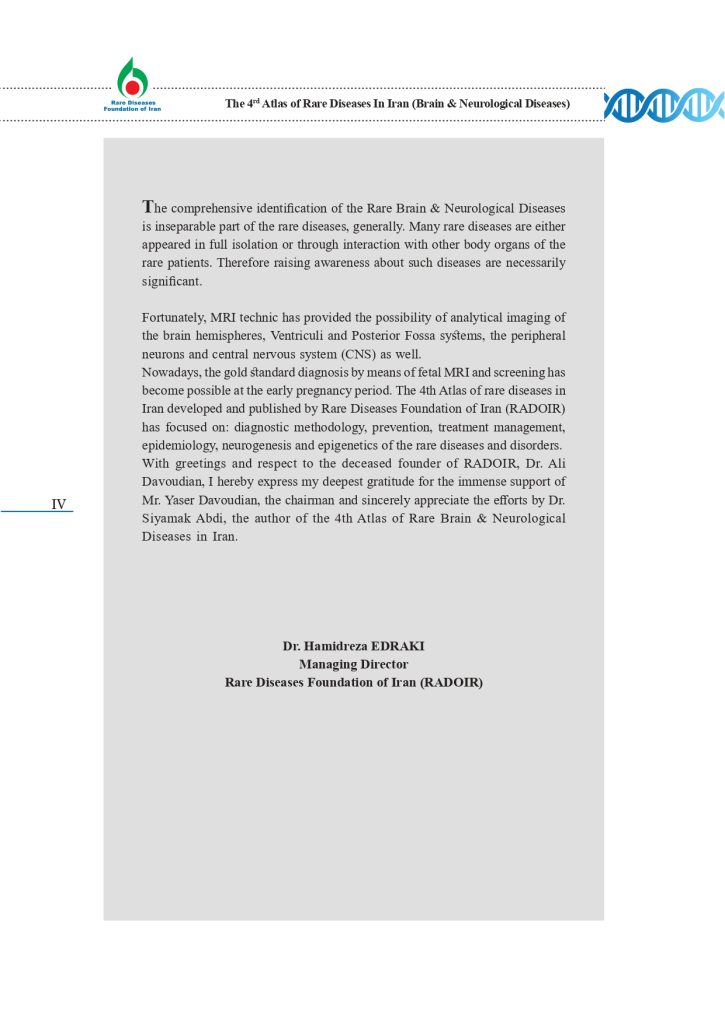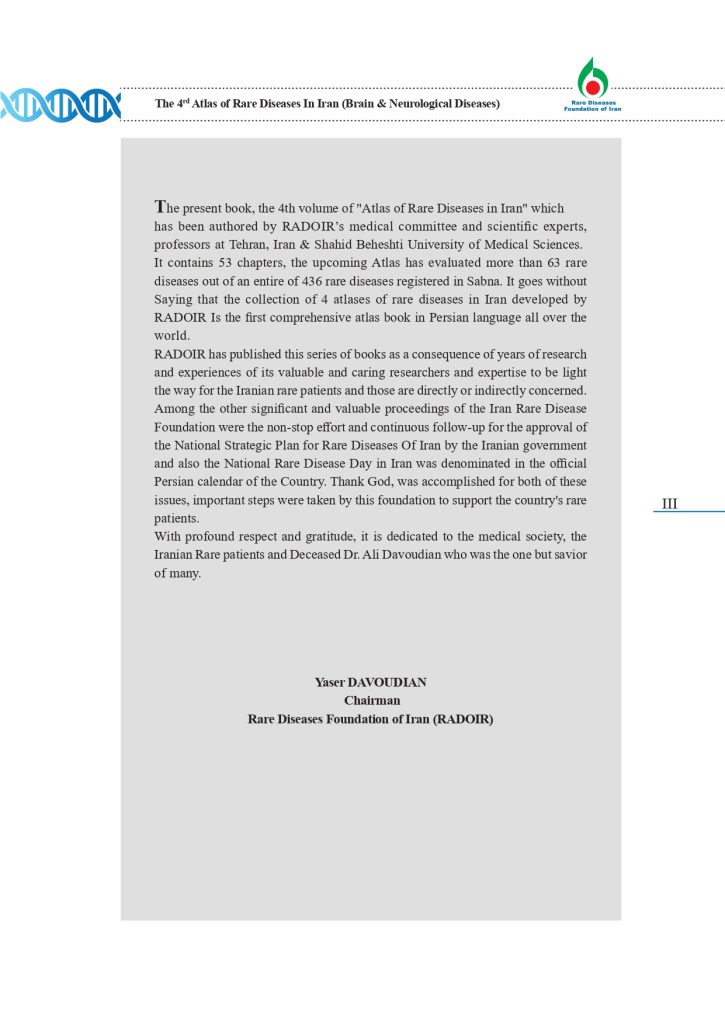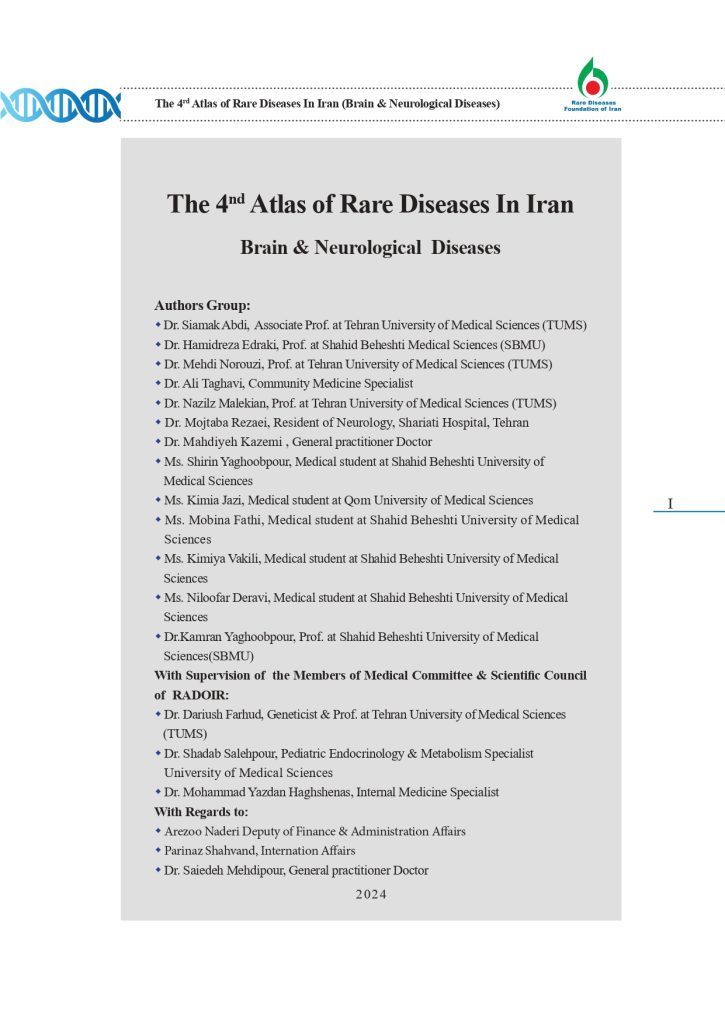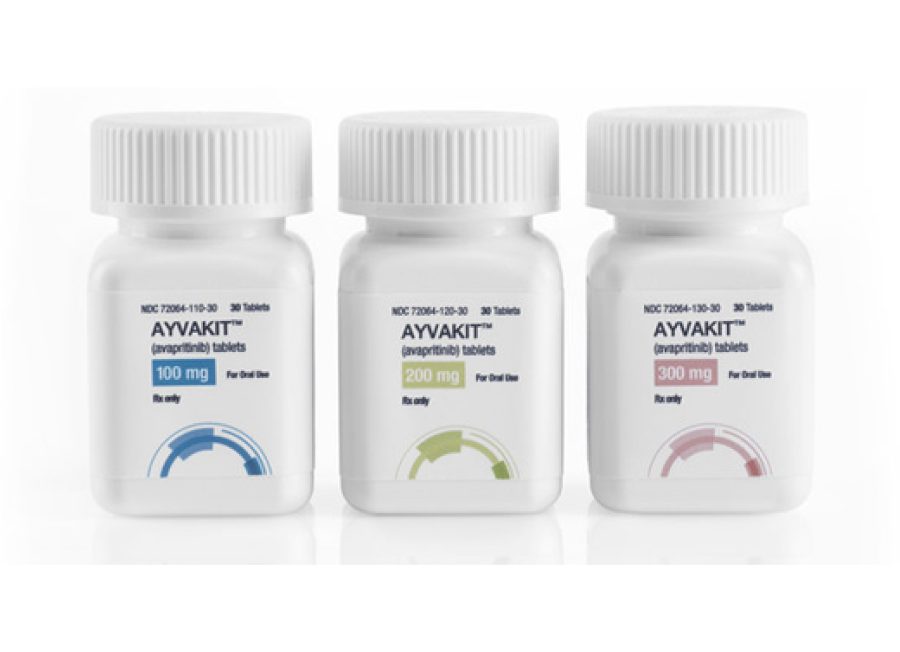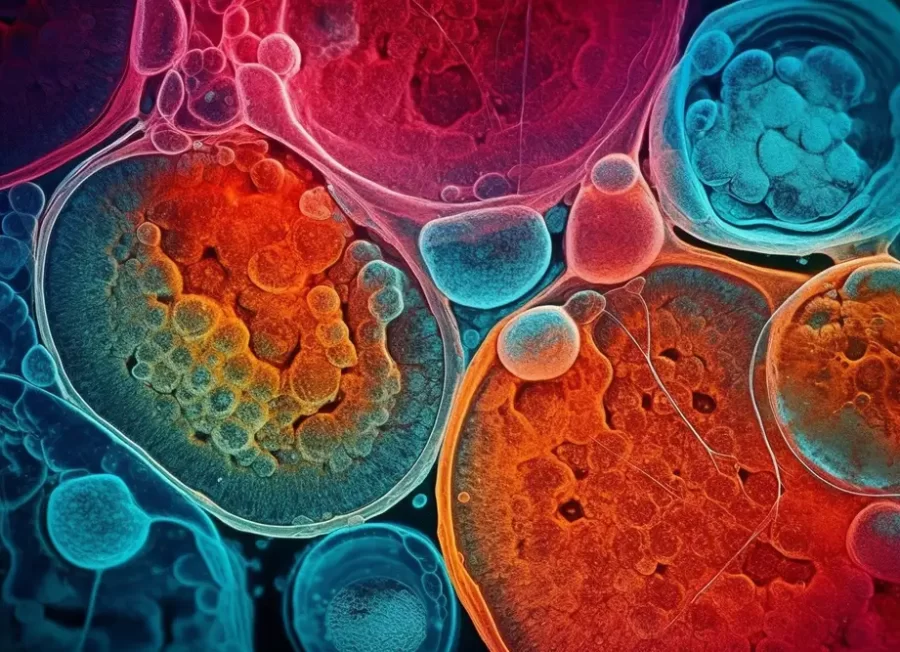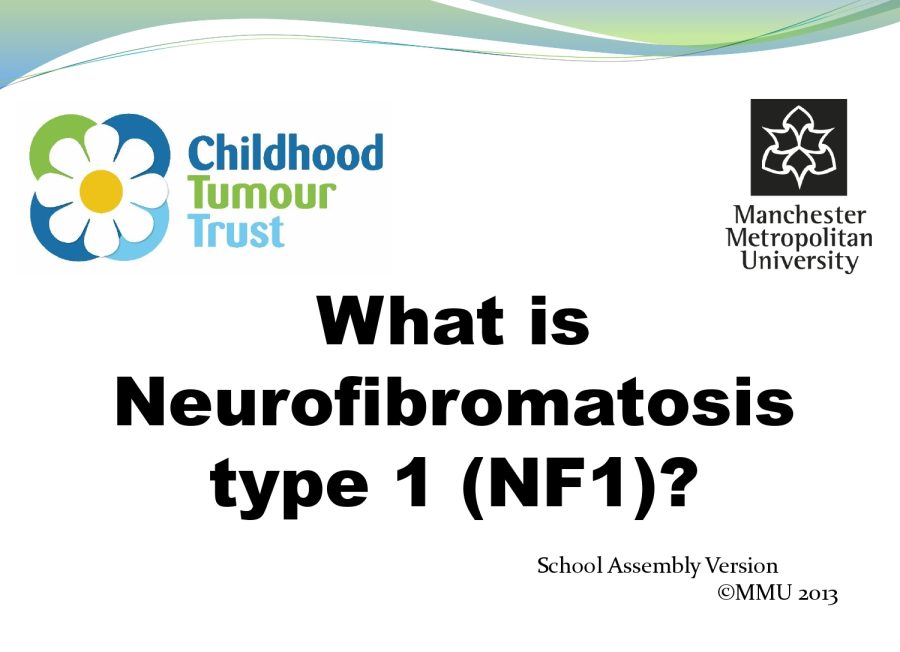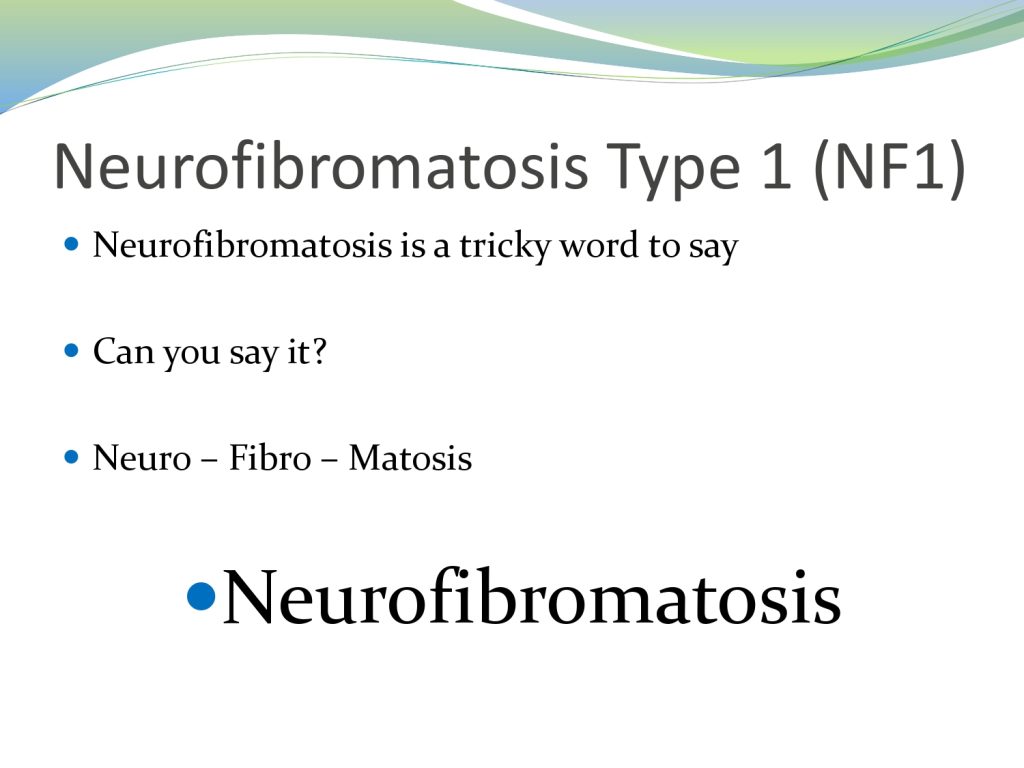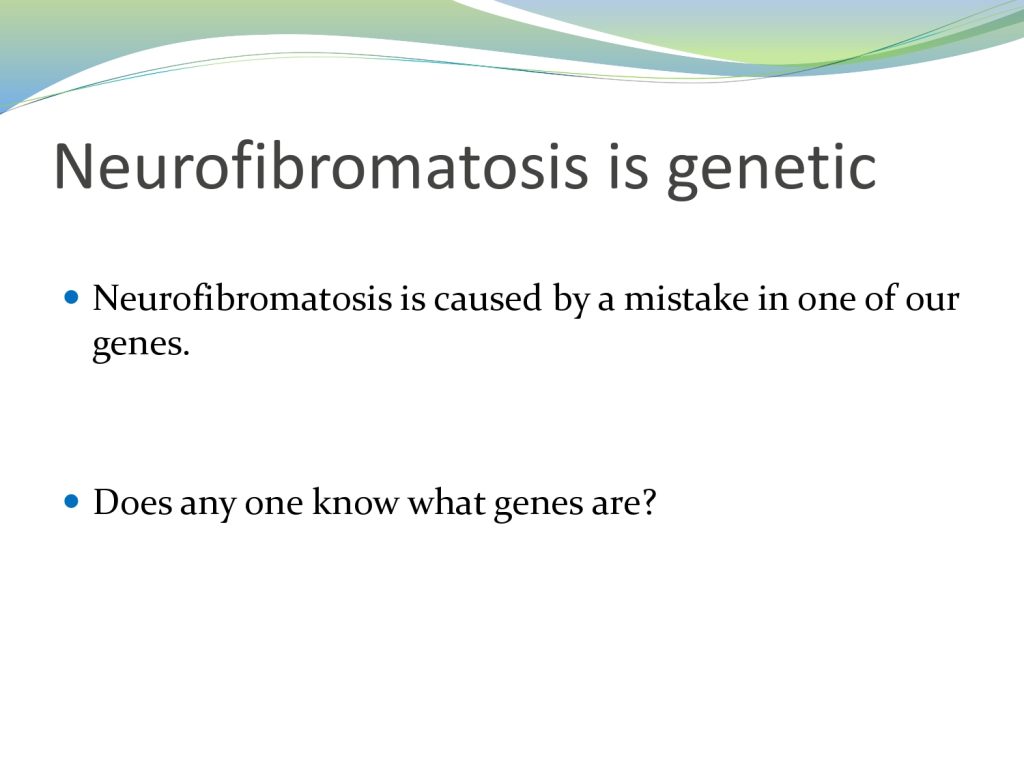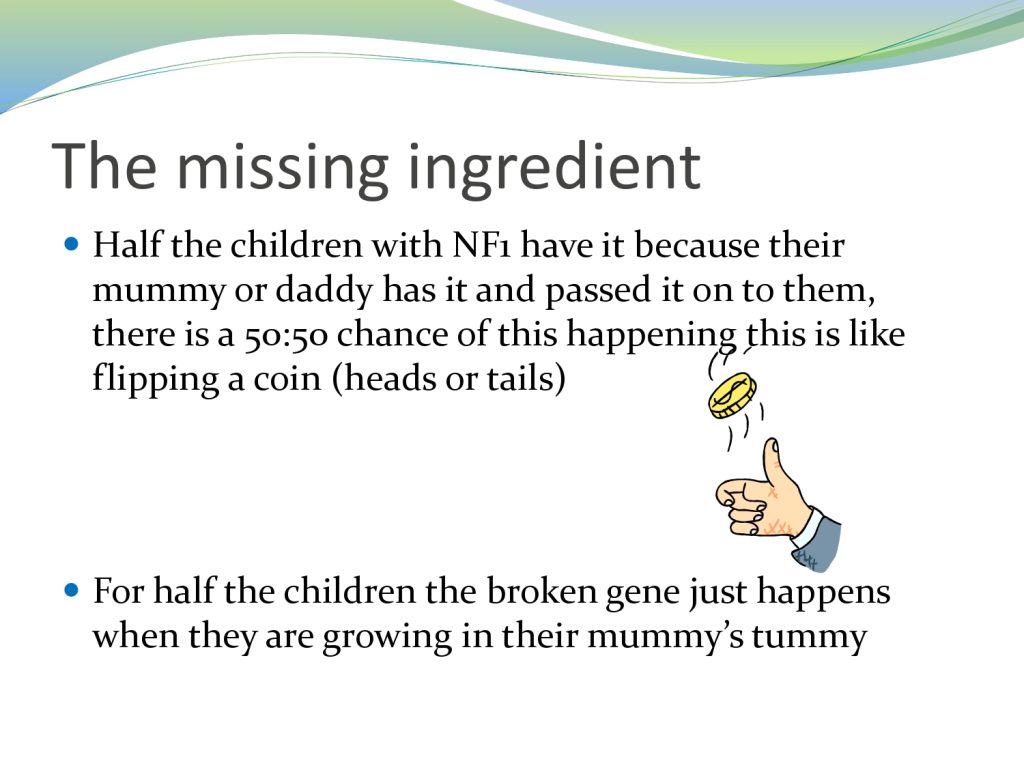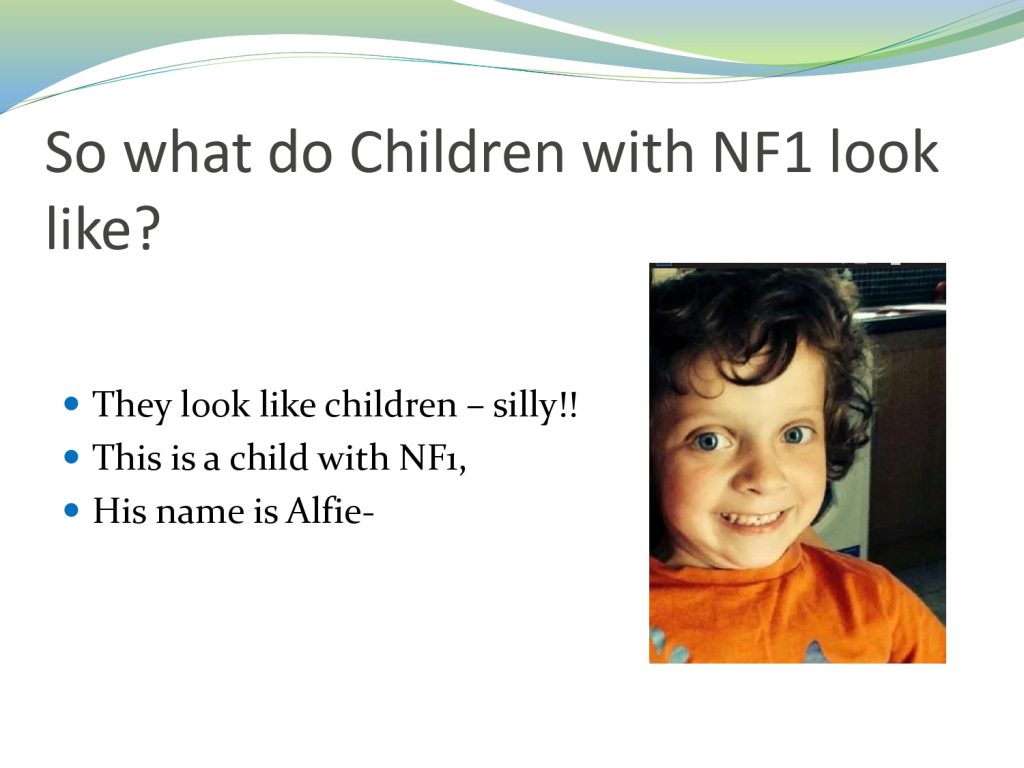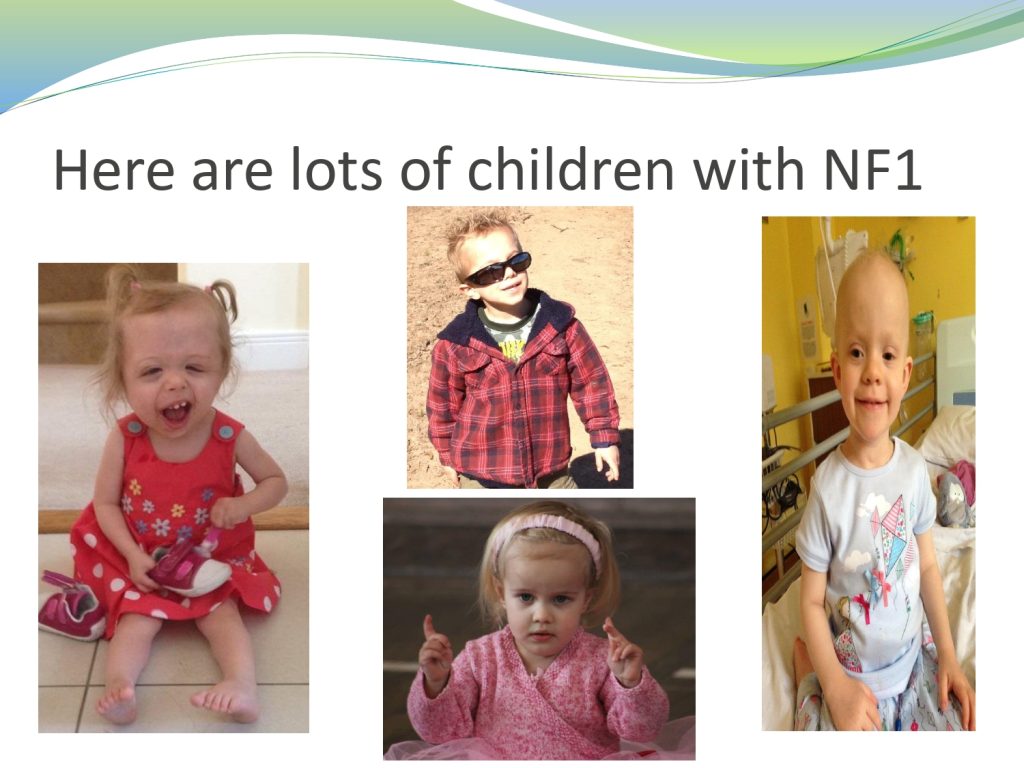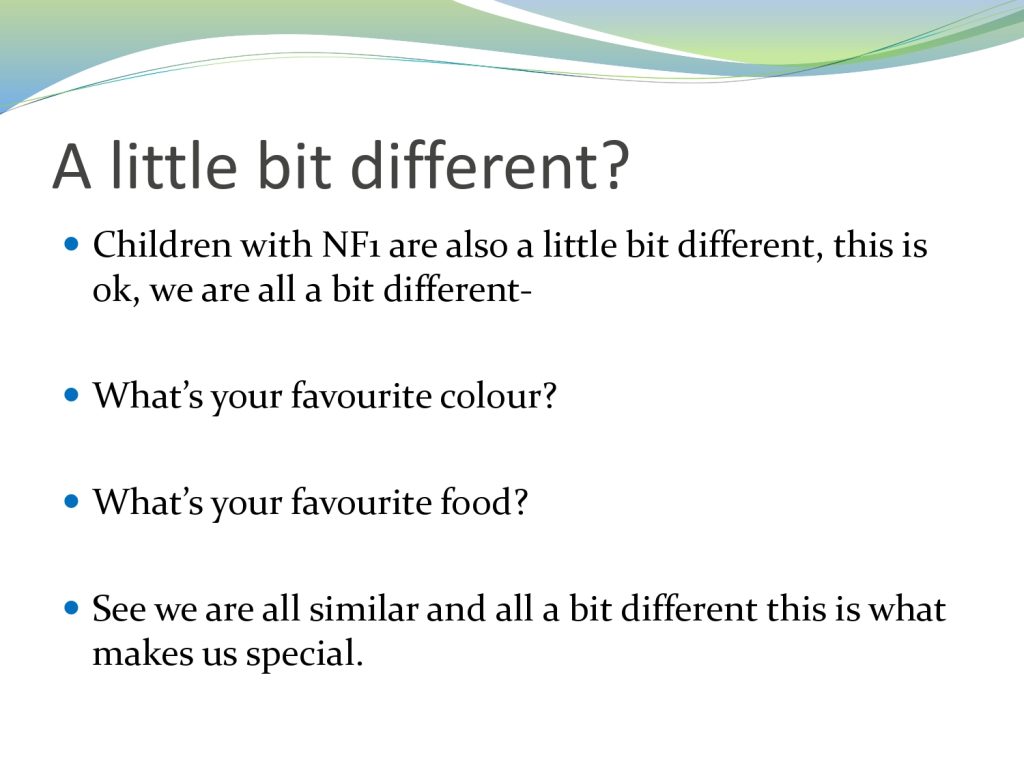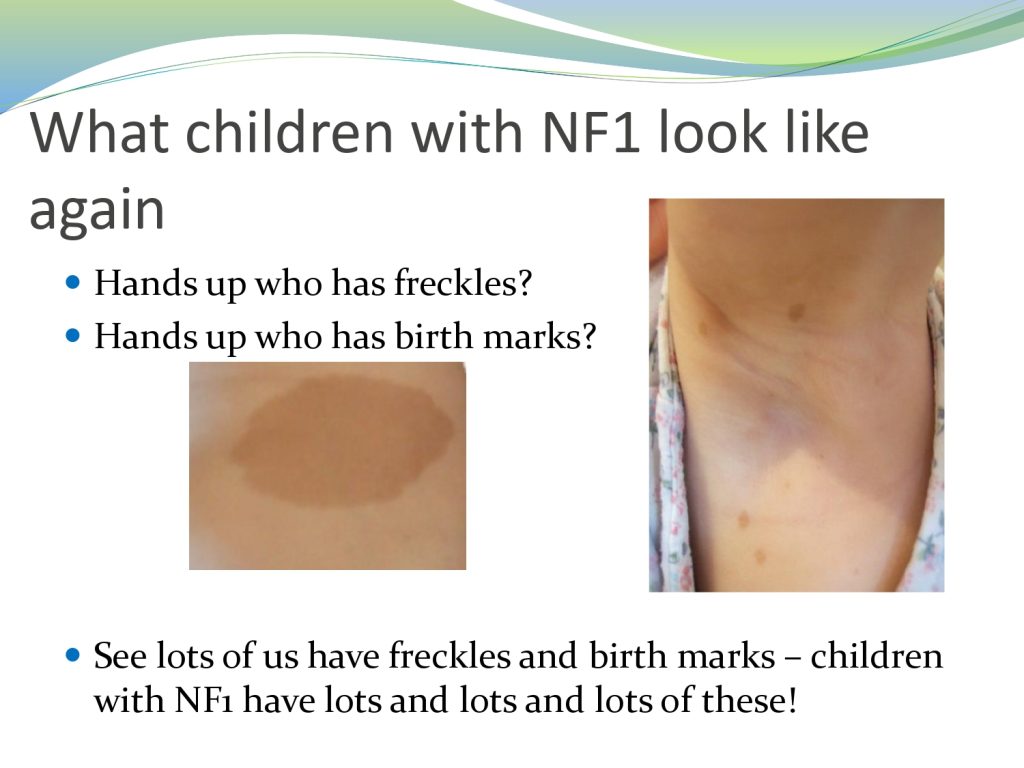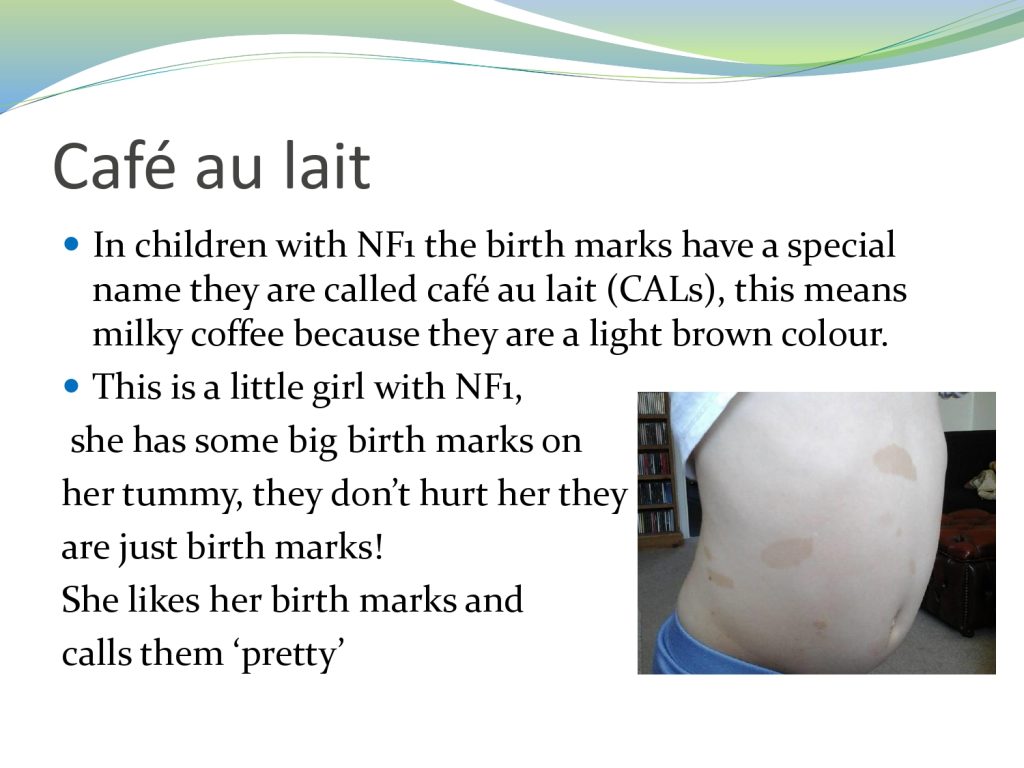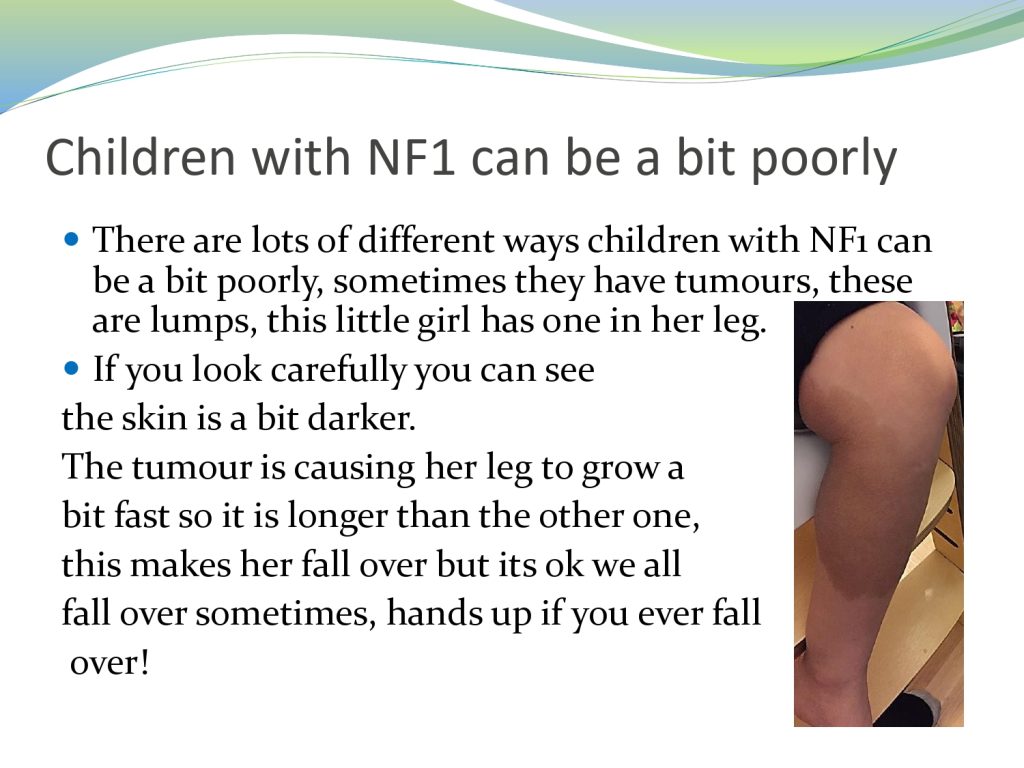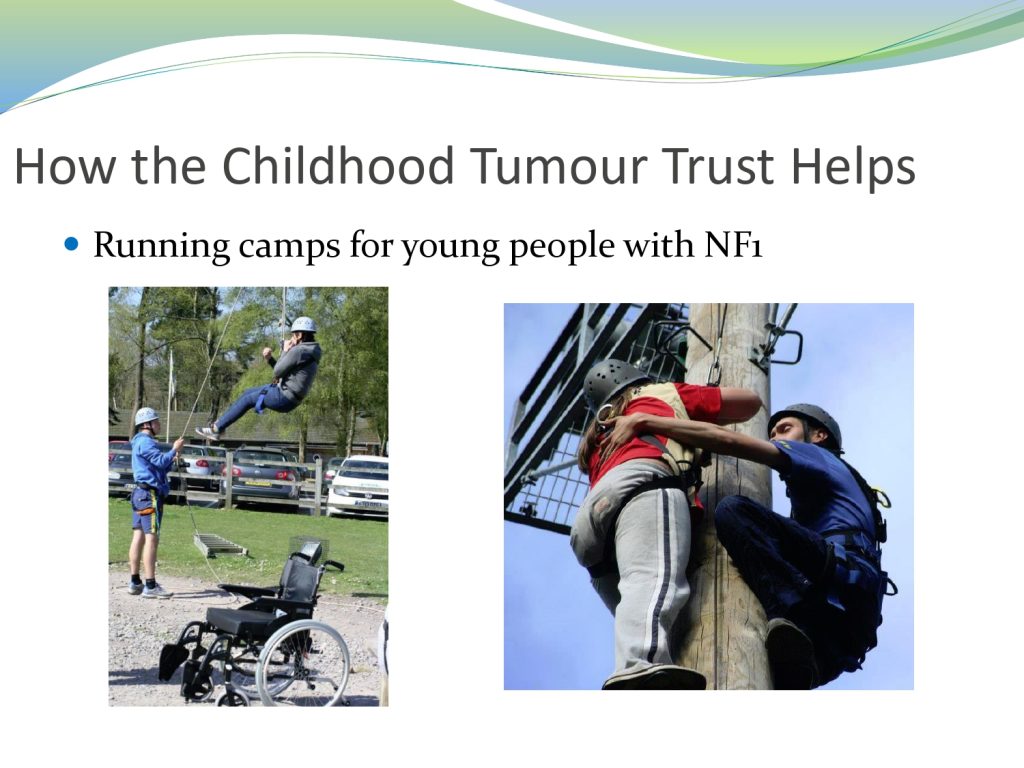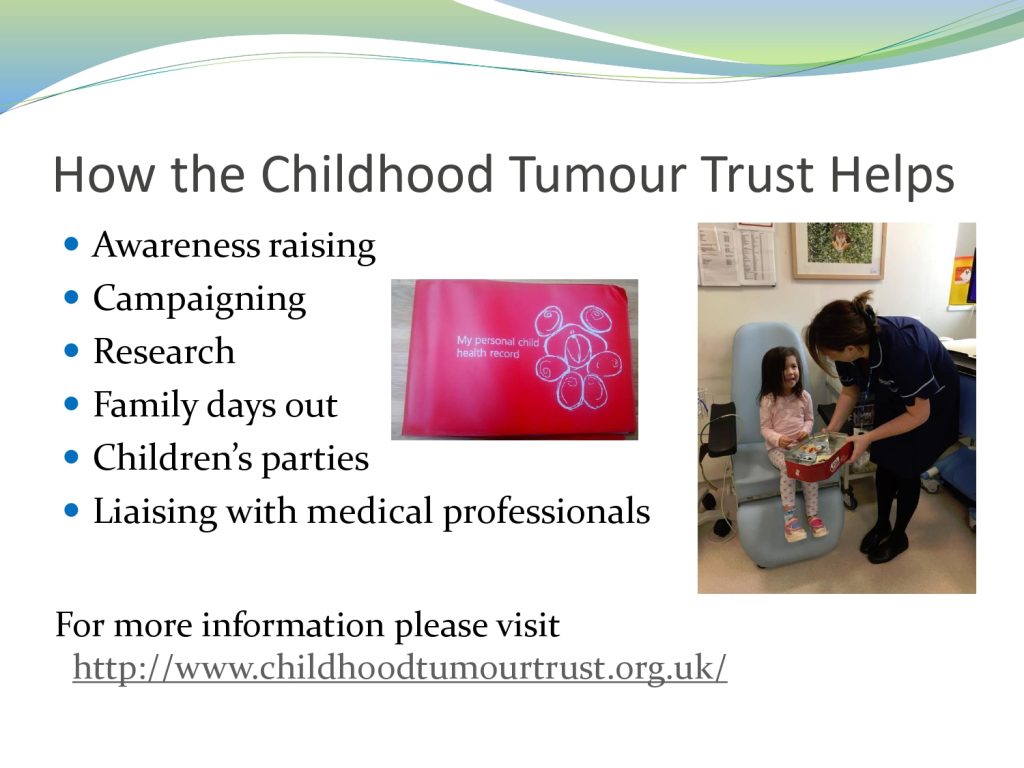In a groundbreaking move, the Iranian Food and Drug Administration has approved a new provision to streamline the import and production of orphan drugs—specialized treatments for rare diseases. This achievement, spearheaded by the relentless efforts of the Iranian Rare Diseases Foundation, promises to transform the landscape of care for patients facing some of the toughest medical challenges.
The provision, effective as of November 21, 2024, outlines the inclusion of orphan drugs in the official Iranian drug list. According to the new directive, the consideration of orphan drug cases is now a top priority. Furthermore, the processes for authorizing and issuing licenses for the import or production of these drugs have been expedited to ensure swift access for patients.
This provision was adopted by the Vice President between May and June 2024, following the announcement and notification of the “National Document of Rare Diseases.” The primary aim is to alleviate therapeutic and medical challenges for patients. Based on the ratification, the determination of orphan drug conditions within the official drug list and the completion of related administrative processes are expected to be finalized within two months.
Additionally, the pricing of these drugs, taking into account their unique nature, will be capped at 120% of the original brand’s ceiling price. Economically, the cost-effectiveness of these drugs will be considered, allowing for an increase of up to ten times the Gross Domestic Product (GDP) per capita.
Given the limited number of patients, the small-scale production requirements, and the technical and operational challenges involved, specific incentives have been designated for domestic producers. For example, in cases of drug shortages, provisions have been made to quickly authorize a secondary producer. Moreover, efficient and secure studies on a group of patients will be mandatory before distribution to ensure safety and efficacy.
One of the key aspects of this provision is the accelerated economic assessment process, which includes the documentation required for foreign exchange allocation and the introduction of specific facilities to encourage drug companies.
Rare disease patients, constituting fewer than 4 in every 10,000 people, often face significant challenges due to high treatment costs and a lack of suitable medications. The implementation of this provision will play a crucial role in improving access to health services for this vulnerable group.
The Iranian Rare Diseases Foundation is tasked with overseeing the necessary actions, follow-ups, and implementation of related by-laws and provisions, always striving to improve conditions for rare disease patients. Additionally, the composition, ratification, and announcement of the “National Document of Rare Diseases,” along with the provisions for orphan drugs, are among the foundation’s key achievements in pursuing these objectives.













